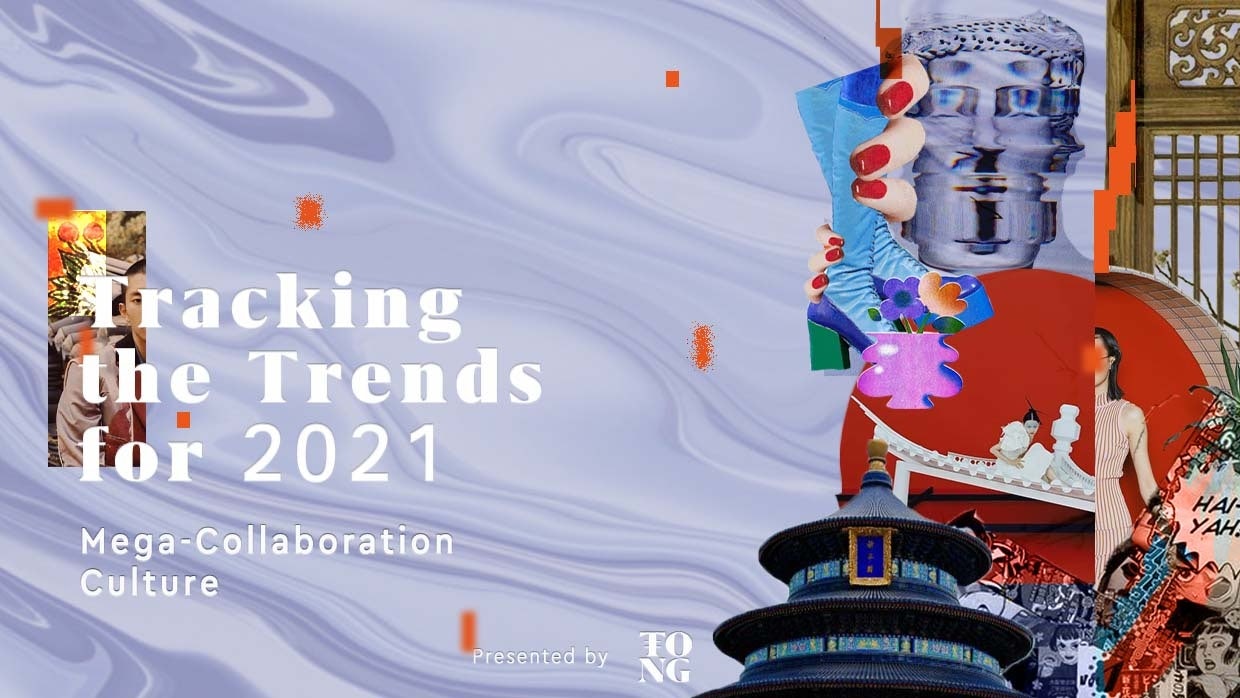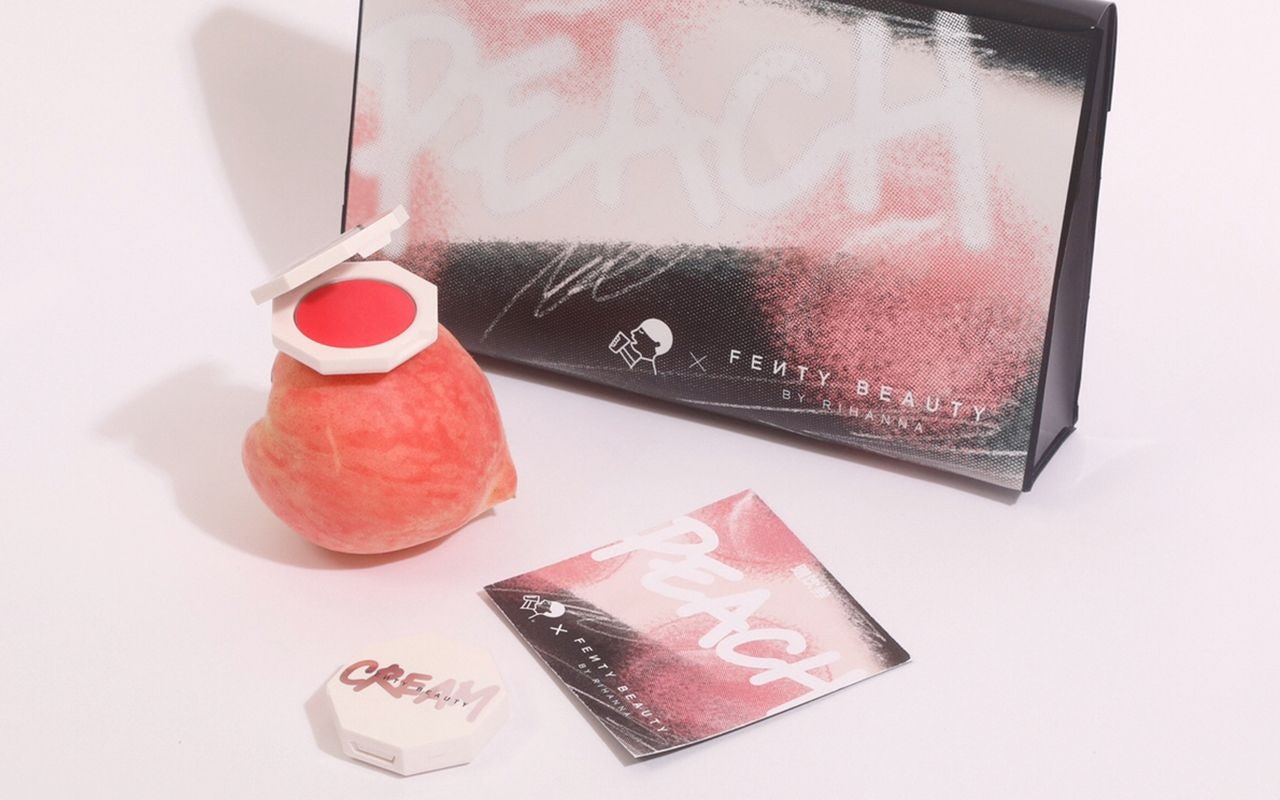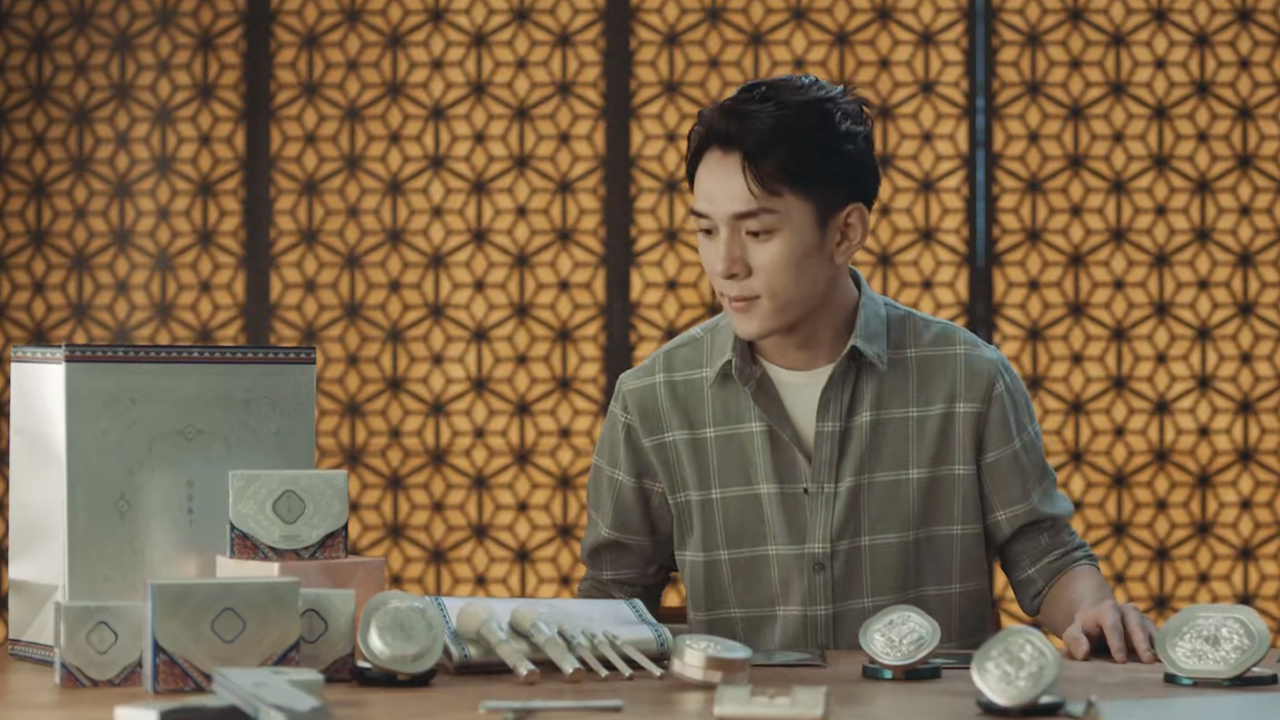T#
racking the Trends for 2021#
is produced in partnership with cross-cultural agency
TONG#
to analyze four key insights for the coming year. Pulling expertise from Jing Group’s network of leading B2B publications, the four-part series covers consumer insights luxury players must be aware of to survive post-COVID China. In this installment from Content Commerce Insider, we dive into the rise of brand collaborations in the Chinese market.
Key Takeaways:#
- China’s Gen Z and millennial consumers seek novel products that stand out from the crowd, fueling a rapidly evolving culture of innovative “mega-collaborations” between brands.
- The rise of direct-to-consumer (DTC) domestic brands such as Perfect Diary have fueled competition to stand out via innovative collaborations that can propel a relative newcomer to “internet-famous” (wanghong) status with the ability to iterate signature products into creative derivatives.
- Brands build upon collaborations to offer experiences — both digital and physical — and content for wider reach and greater impact. Special events, pop-up shops, gaming features, and other opportunities allow consumers to boost their engagement with brands and their collaborative products.
- Many successful mega-collaborations have tapped into China’s distinct heritage by leveraging current tastes for “national trend” (guochao) products, “cultural creations” (wenchuang), and consumer nostalgia.
- As more young consumers express a preference for Made in China, international brands may find that collaborations with local partners can be an effective route to establish connections.
The year 2020 has seen an expanding range of brand collaborations in China emerge from some unlikely sources — from Adidas x Hey Tea to National Gallery x Ramen Talk to Pepsi x People’s Daily. Just about any and every combination of brands appears open to the trend, and these collaborations continue to push the envelope in scale and ambition.
Over the past few years, brand collaborations have taken off globally as marketing strategy, particularly across fashion and lifestyle brands. But in China, this form of marketing has accelerated to new heights through brand partnerships that have fueled a culture of mega-collaborations with the power to surprise and delight consumers. Driven by the demands of a younger generation of Chinese consumers, the recent surge in product innovation via brand partnerships has been a consistent source of entertainment and media buzz, as well as a driver for further consumption.
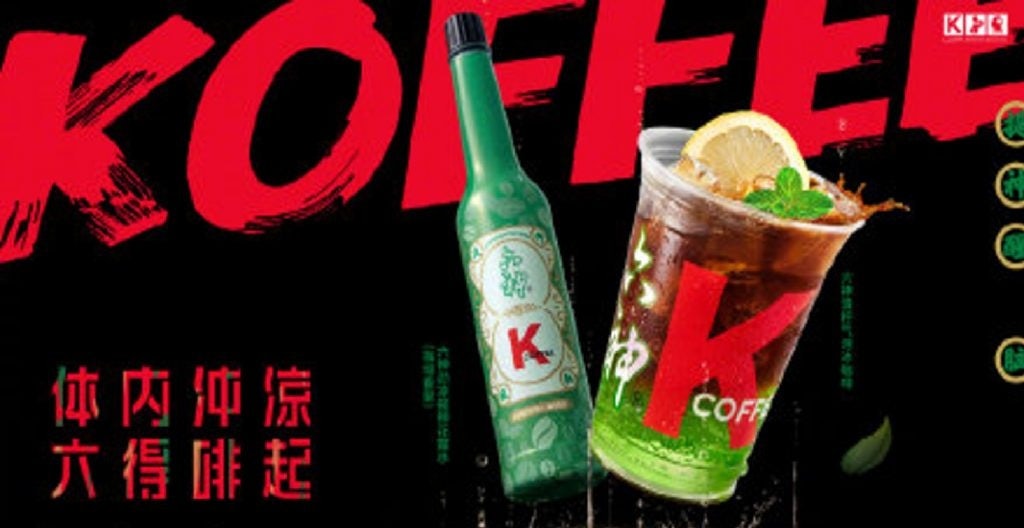
China’s mega-collaborations may appear increasingly extreme or even bizarre, such as KFC China’s development of insect repellent-flavored drinks earlier this year, a partnership with the traditional Chinese brand Liushen. However, such items are widely talked about, and their freshness and limited-time appeal can tempt young consumers to at least try new (and often affordably priced) products — which also make them attractive candidates for posting on social media, further helping to expand the reach of brands among that valuable demographic.
Compared to the West, branding is still a relatively recent concept in China, and young consumers have shown an openness to the presence of brands in much of everyday life, such as on television, where sponsor logos are prominently displayed on reality shows and brands are written into the storylines of dramas. And with fairly few brands constrained by long histories and established narratives, they are free to reinvent themselves as much as necessary and align themselves with the latest trends, from milk tea to space exploration. Even older brands, like Li Ning in sportswear and the nostalgic White Rabbit candy, have sought to rejuvenate their images through collaborations in youth-oriented sectors such as gaming and beauty.
Growing individualism and a desire for differentiation among China’s Gen Z and millennial consumers draw them to mega-collaborations. Thanks to their limited-edition or limited-time nature, these products appear more unique and special than the mass-market items that are readily available to the general public at all times. The more special the mega-collaboration appears, the more discerning and sophisticated the consumer can feel.
New brands adopt a “collaboration-first” to respond to consumer desires#
The rise of direct-to-consumer (DTC) domestic brands such as Perfect Diary has fueled competition to stand out via innovative collaborations that can propel a relative newcomer to “internet-famous” (wanghong) status with the ability to iterate signature products into creative derivatives.
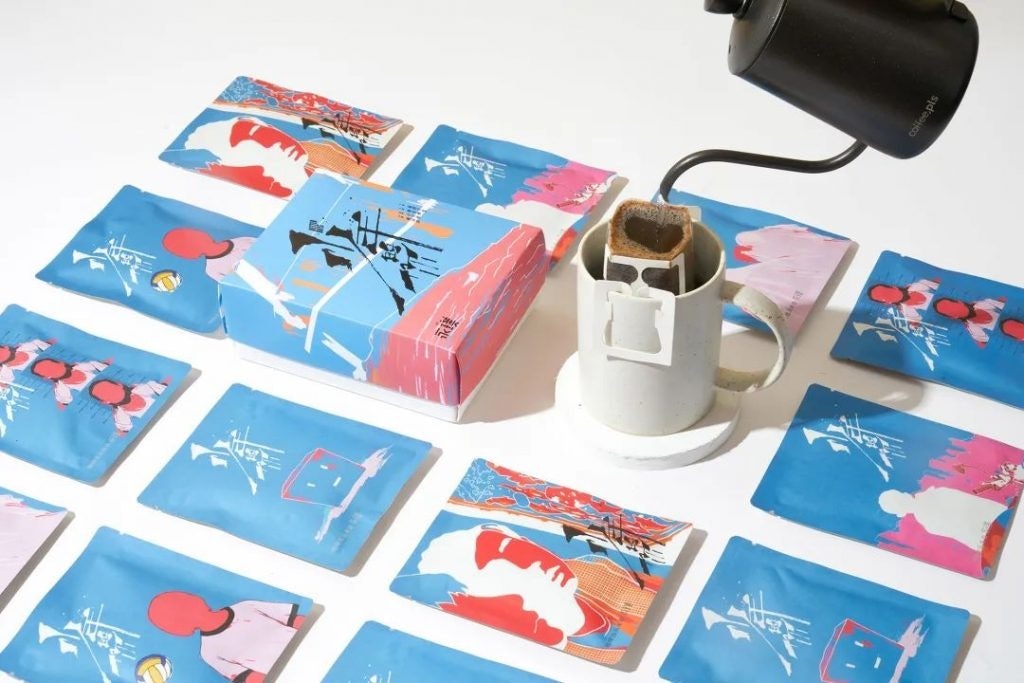
Many of these brands have only been in existence for a few years, and use collaborative products as a key marketing tool to generate buzz, especially via social media. For example, the DTC brand Yongpu Coffee, which sells primarily via Tmall, has been involved in more than 400 collaborations since it was founded in 2014. What was initially a marketing tactic borne from its limited budget for advertising has since become an integral part of its brand identity, extending into content-focused collaborations with partners such as lifestyle platform Xiaohongshu and the hit youth film “Better Days.” Yongpu Coffee frequently pairs new flavors with these collaborations, translating into a high repurchase rate among buyers who are keen to sample the latest releases and share their reviews among their social circles.
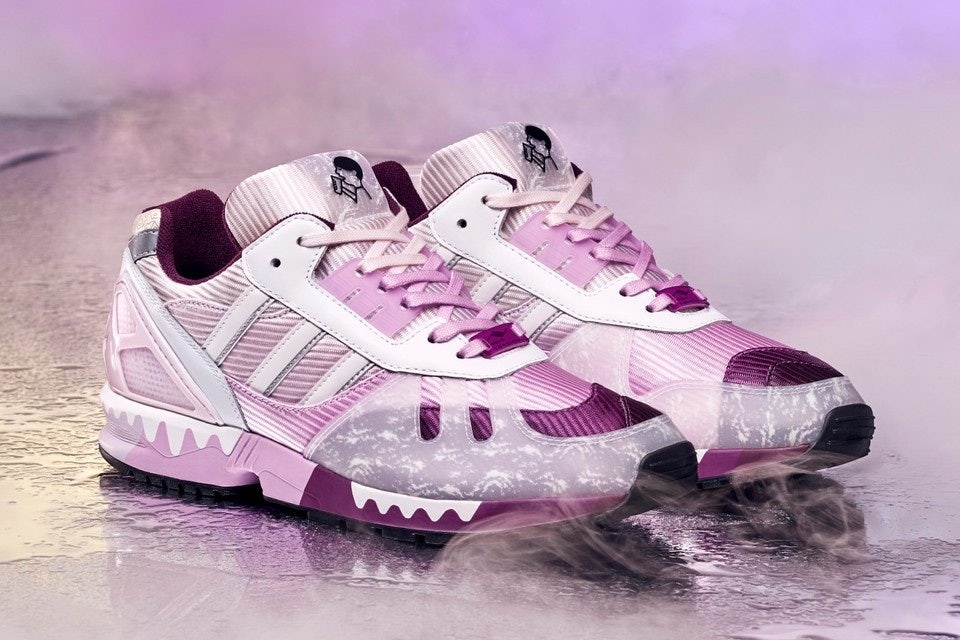
Another of the most active brands on the mega-collaboration front is Hey Tea, which has leveraged the craze for tea-based drinks among young Chinese into collaborations such as peach tea-inspired cosmetics with Fenty Beauty and grape beverage-colored shoes with Adidas. Hey Tea’s enormous fan base and social media following mean that any collaboration will be hotly anticipated and widely shared on platforms such as the lifestyle-oriented Xiaohongshu, while also driving engagement through exclusivity as in the case of the Fenty Beauty collaboration, which was not offered for sale but was a limited giveaway in exchange for social media engagement.
Breaking through product categories into experiential collaborations#
Brands build upon collaborations to offer experiences — both digital and physical — and content for wider reach and greater impact. Special events, pop-up shops, gaming features, and other opportunities allow consumers to boost their engagement with brands and their collaborative products.
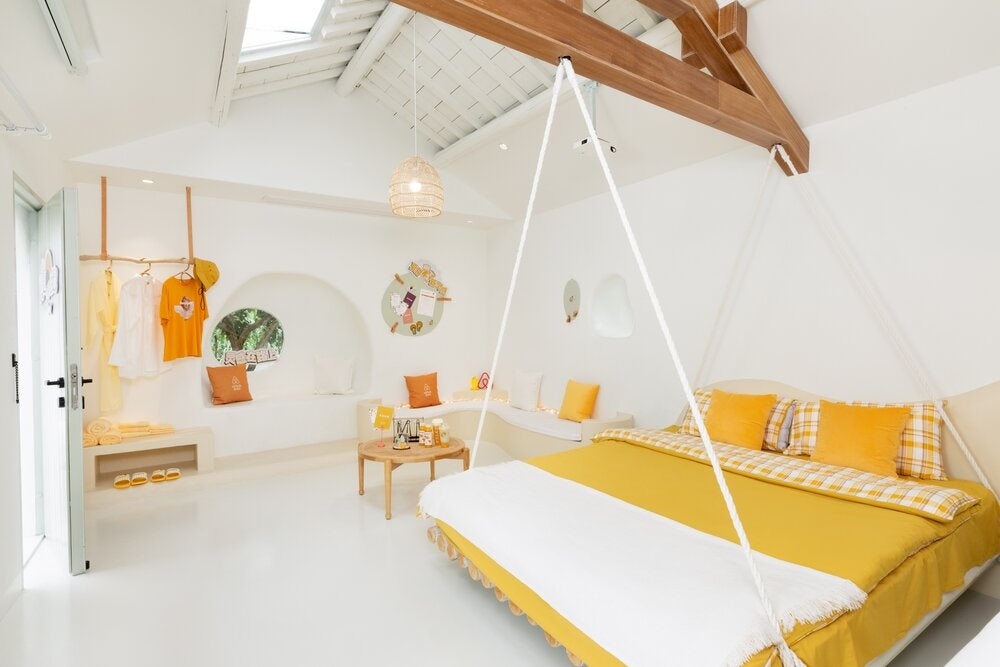
In late Spring, as China emerged from its coronavirus lockdowns, Airbnb worked with Hey Tea to promote the concept of a “staycation” among would-be travelers who might be wishing for a change of scenery while still feeling understandably cautious about venturing too far from home. The brands engaged actress and musician Lin Yu-pin to create a Shanghai getaway decorated in bright colors inspired by a Hey Tea mango beverage and amply supplied with Hey Tea products. Opportunities to win weekend stays were offered via social media channels — another case of a mega-collaboration used to generate engagement and awareness for the brand partners rather than merely selling products.
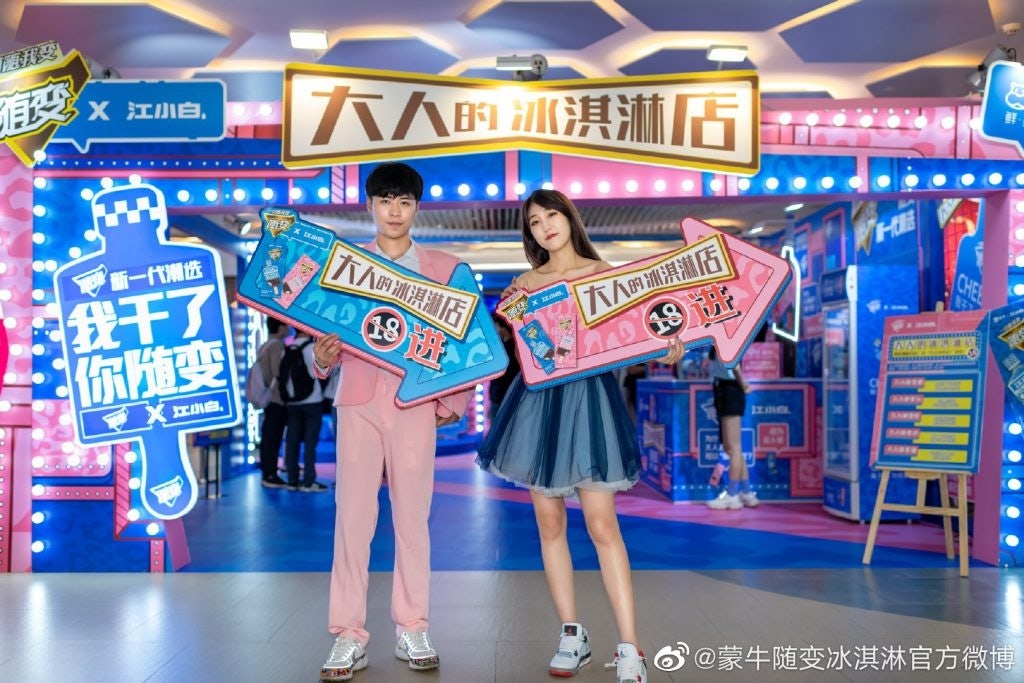
Around the same time, the established Chinese liquor brand Jiangxiaobai collaborated with Mengniu, the country’s largest dairy producer, on boozy ice cream treats to mark Children’s Day, a nod to the fact that the holiday continues to be celebrated by young adults who mark the occasion by going out to dinner with friends or shopping. The brands also opened a very photographable pop-up “adult ice cream shop” in Shanghai to promote the collaboration, adding an important offline component that meshed well with the desire to engage in social activities with friends for the “big kids'' version of Children’s Day.
Mega-collaborations build on national pride and cultural heritage#
Brands have tapped into China’s distinct heritage by leveraging current tastes for “national trend” (guochao) products spanning “cultural creations” (wenchuang) and consumer nostalgia in the development of collaborations. Guochao refers to brands and products that incorporate a distinctly Chinese style, whether ancient, old-school, or futuristic, and it appeals to millennial and Gen Z consumers who have come of age with a sense of national pride. Beauty and fashion brands have been most successful in exploiting consumer tastes for these products, but many other types of consumer brands have gotten involved in partnerships to create goods with a strong cultural element.
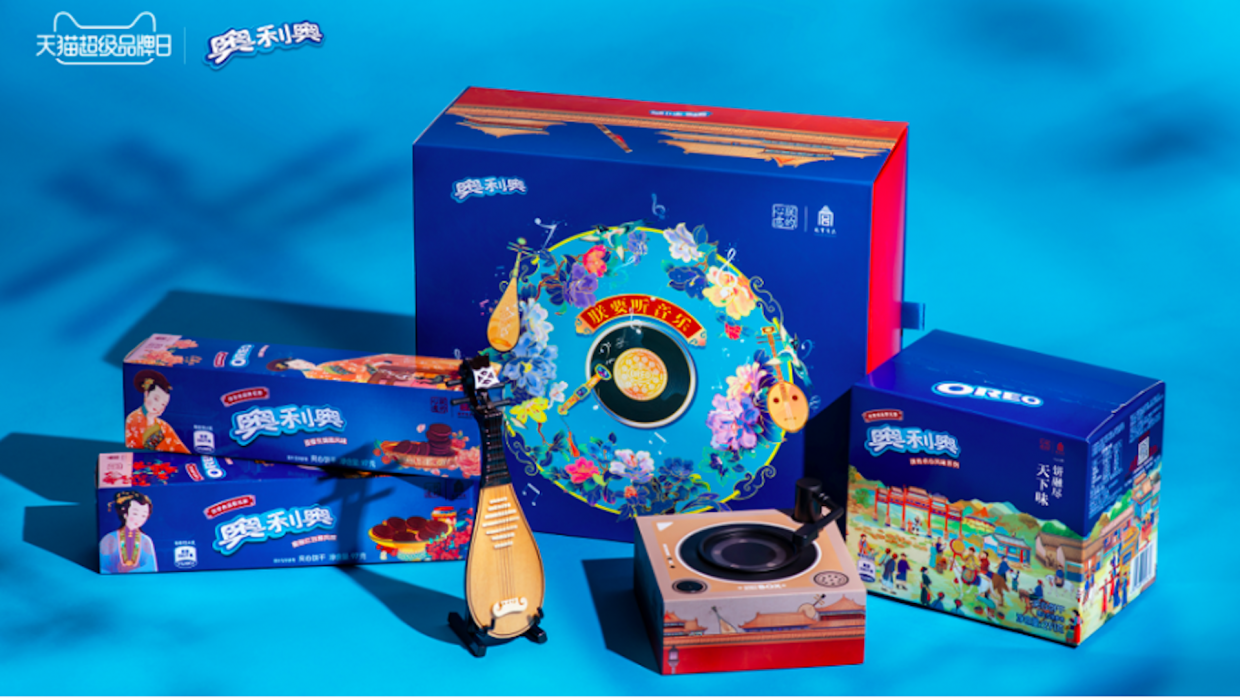
In sportswear, homegrown brands such as Li Ning, Anta, and Bosideng have emerged as leaders in brand collaboration, with diverse partnerships ranging from luxury labels to gaming IP to the Chinese counterpart to NASA. The Palace Museum (aka Forbidden City) and the Dunhuang Research Academy are at the forefront of developing new revenue streams through product collaborations with partners running the gamut from Oreo cookies to Lenovo computers to major e-commerce platforms JD.com and Pinduoduo. Meanwhile, C-beauty brands such as Florasis have drawn rave reviews for recent collaborations with traditional artisans to create visually stunning products in limited editions that can command a premium for their evident craftsmanship.
In July, Li Ning, which was established in 1989 by the Olympic gold medal-winning gymnast of the same name, partnered with QQ Dance, a Tencent Games title, to connect with young consumers using a combination of retro and futuristic elements. Li Ning appointed the game’s virtual idol Xing Tong as a brand ambassador to promote its throwback collection in a short branded film. This type of creative content helped merge Li Ning’s status as a “national trend” brand with the futuristic gameplay of QQ Dance.
Local partners can be a key to international brand success#
As more consumers in the market express a preference for "Made in China," international brands may find that collaborations with local partners can be an effective way to dissolve geographical boundaries and establish connections based on a shared vision. These partnerships may be enabled by e-commerce platforms such as Tmall and its affiliated product development and marketing departments, which can provide consumer insights as well as channels to reach target consumers, such as social media, short video, and livestreaming.
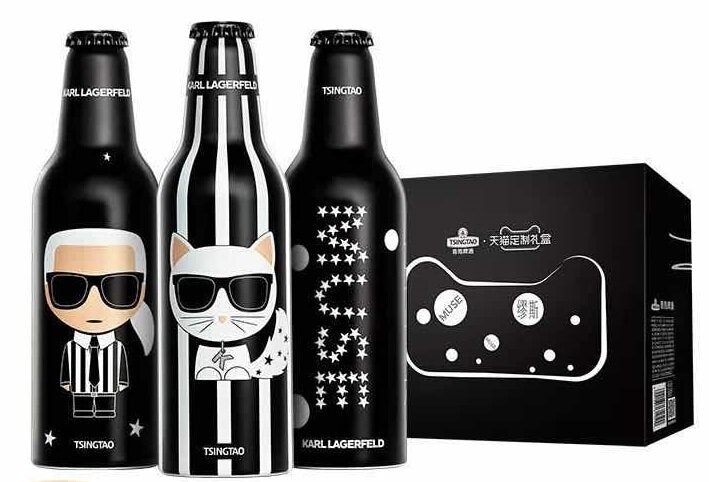
And as China continues to be a major focus of attention for global brands amid the ongoing COVID-19 pandemic, more international players are lining up to seek out domestic brand partners, especially in the luxury fashion sector, for which the Chinese market is increasingly important as a source of revenues. The Karl Lagerfeld brand recently worked with both Tsingtao Beer and KFC in China on special joint capsule collections, while Italian fashion house Moschino partnered with dairy giant Mengniu for a special teddy bear and yogurt gift box designed by Jeremy Scott.
Especially during a pandemic, an understanding of what consumers want and need is essential to brand survival. Several global names have already become established in developing creative brand collaborations in China, whether because of their deep efforts at localization (Oreo, KFC) or by working with licensing partners that can help connect them to Chinese consumers (Metropolitan Museum of Art, National Gallery).
While the trend of mega-collaborations has been growing over the past few years, and 2020 saw an increasing number of hyped-up partnerships, there are few signs of consumer fatigue. China’s Gen Z and millennial consumers now expect to be entertained and amused on a regular basis by creatively co-branded products and accompanying online and offline campaigns that they can engage with directly. In 2021, the challenge for brands is to go the extra mile to ensure that collaborations create long-tail consumer affinity and reflect brand values, rather than simply attracting short-term curiosity and buzz.
“For brands seeking out Chinese partners to collaborate with, it’s tempting to go down the route where big, loud, or weird is the gateway to capture consumer attention,” said James Campbell, co-founder of TONG. “For those entering or scaling up in China, it’s as much about entertainment as it’s about brand or product education, otherwise there’s the risk of becoming an irreverent, flash-in-the-pan moment.”
With the rising competition for consumer attention (particularly over digital channels), brands must be intentional about creating real value in their collaborations, and it is especially important for international brands to be savvy in their choice of partner, product development, and marketing in order to produce successful mega-collaborations that are capable of creating lasting impressions and deepening the relationship with consumers. Mega-collaborations are here to stay in China. Now, it’s up to brands to fully capture the opportunity.
